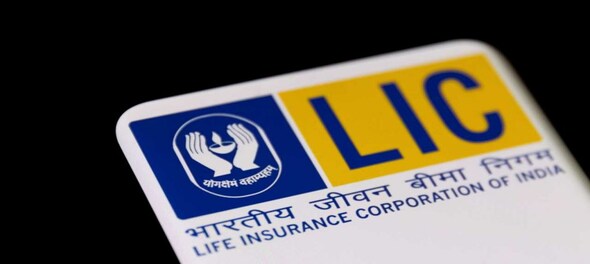
The government’s decision to go through with the LIC disinvestment, albeit on a truncated scale at 3.5 percent from the original proposal to disgorge 5 percent, is certainly not encouraging news in the runup to the IPO, rather, Offer For Sale (OFS). The decision to prune the size is reportedly at the behest of the anchor investors who found the original valuation rich (sic) during the war and capital flight from emerging economies.
The insurer now proposes to offer 3.5 percent of its stock for Rs 21,257 crore. This values the insurer at Rs 6 lakh crore, at 1.1 times its embedded value, or the sum of its net assets and future profits. Earlier plans were to sell 5 percent of LIC's stock for around Rs 63,000 crore in what would have been the country's biggest IPO. Such a truncated exercise is bound to be jaw-dropping for the investor community especially the retail investors, against the backdrop of enormous hype these last few months.
Coming to the larger issue of the government’s disinvestment policy, it is garbled to say the least. Strategic disinvestment of CPSEs lies at the heart of the disinvestment policy. Strategic disinvestment would imply the sale of substantial portion of the government shareholding of a central public sector enterprise (CPSE) of upto 50 percent, or such higher percentage as the competent authority may determine, along with transfer of management control. What the stated policy tries to say rather clumsily is the government’s preferred choice is privatisation rather than disinvestment, period.
Also read:
The official line as enunciated above is in keeping with the lofty management gurus’ credo that it is not the business of a government to be in business. Ergo, the policy says we would privatise rather than disinvest. But barring a few honourable exceptions, the government track record is the opposite —disinvestment has been the norm and privatisation the exception. BALCO heralded the privatisation drive way back in 2000. The same group which acquired BALCO, Sterlite--now Vedanta--acquired 45 percent stake in Hindustan Zinc in two quick and successive tranches in 2002 and 2003. Thereafter, there had been a long lull in the privatisation exercise until Air India came along and was formally handed over to Tatas as recently as in January 2022, lock, stock and barrel i.e., 100 percent stake sale.
This is far from quibbling. Disinvestment is a fund-raising exercise to bridge the budgetary gap whereas privatisation is more seminal. The policy enunciated by the government website seems to have lost this vital distinction and used the term disinvestment interchangeably.
Also read: LIC IPO: Key things to know
Coming back to LIC, the government never proposed its strategic sale à la Air India. Right from the beginning, the talk has been only about disinvestment in dribbles. Even this angered the opposition, particularly Rahul Gandhi and the left parties, who cried sellout even when the disinvestment plan was just on the anvil. The agitating farmers too joined the chorus saying the government was kowtowing to private industrial houses in the name of eliminating middlemen vide the now-aborted farm bills just as it was selling family silver namely Air-India and LIC to big corporates.
And the government has done its bit to muddy the water further by allowing 20 percent FDI in LIC. This, to be sure, was done to clear the decks for foreign portfolio investors (FPI) subscribing to the upcoming LIC IPO (OFS rather) but it should have set the record straight.
LIC is one PSU that has built its fortunes fortuitously in an era when it was a monopolist. That first-mover advantage may be slipping a wee bit but it is sitting on several hot properties and leads the pack of domestic institutional investors. So, the government may have to ring-fence its real estate like it did with Air India’s considerably lesser real estate portfolio before it thinks in terms of privatizing it though as of now it has no such intentions.
(Edited by : Vijay Anand)
First Published: Apr 27, 2022 8:47 AM IST
Check out our in-depth Market Coverage, Business News & get real-time Stock Market Updates on CNBC-TV18. Also, Watch our channels CNBC-TV18, CNBC Awaaz and CNBC Bajar Live on-the-go!


Punjab Lok Sabha elections: Check full list of AAP candidates and constituencies
May 18, 2024 12:59 PM
PM Modi, Rahul Gandhi election rallies in Delhi today: Here are the routes to avoid
May 18, 2024 11:28 AM

